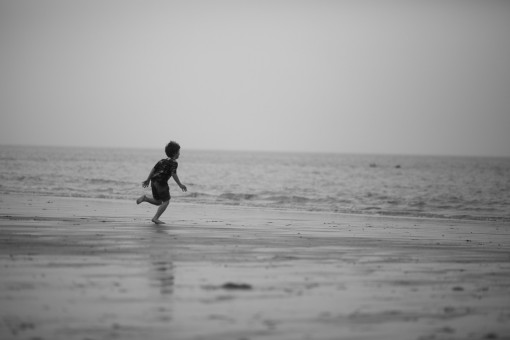Editor’s Note: This post was written by Jake Magleby, who has written extensively about effective marketing, sales, and financing strategies to help small business owners succeed in the fast-paced and ever-changing business world. He is also interested in photography and video production. To learn more about choosing great media for your site, check out Stockfootage.com.
If you are creating content for television, blogs, movies, print ads, or websites, you know high-quality media essential. Humans are visual thinkers and learners, and we gravitate toward images and videos. While well-written copy is usually an important component of quality content, engaging media is one of the best ways to capture and hold someone’s attention. Here are some essential characteristics to look for when selecting an image or video for your next project.
Sharp Focus
Image by steve r watson via Flickr
One of the most important things to look for in a photo or video is sharp and correct focus. An adorable photo of tiger cubs loses its value if the photo is blurry or the camera focused on the rocks behind the cubs. The same thing goes for video—looking at blurry photos is uncomfortable, but watching out-of-focus video isn’t just uncomfortable; it can induce nausea and headaches. Before you consider anything else, make sure your image or video is focused. If it isn’t, throw it out and move on.
Lines That Lead the Eye
Image by Rob Ellis’ via Flickr
Lines can draw viewers into a photo or a video, which makes them feel more involved. Leading lines also make an image appear less stagnant, even if it is a still image. Look for horizontal, vertical, and diagonal lines, as well as S-curves and lines that narrow to a point. To learn more about how lines can be used in images, visit the Digital Photography School.
Room for Movement
Image by Alexandre Dulaunoy via Flickr
Make sure there is room for movement in your photos and especially in your video. There should be space around the edges of an object and somewhere for it to go if it is moving. This is especially true if you are using video. If someone is running on a path toward the right side of the frame, it will be very uncomfortable to watch them run right next to the edge of the frame; instead they should be positioned on the opposite side so there is space for them to move forward.
Layers and Framing
Image by guano via Flickr
Layers add depth to an image. They give viewers a sense of scale and imitate the way it feels to see that site in person. Stock footage of New York City never shows just one line of buildings—you always see layers that give you an idea of how huge the city is even if you’ve never been there. Layers are especially important when showing cities or landscapes.
Framing is another way to add depth to photos and video footage. Framing also gives the viewer context and draws them to the focal point. Examples of framing include tree branches at the edge of landscape shots or candid portraits where it looks like the camera is shooting through a group of people to focus in on one.
Focal Point
Image by donaldmctim via Flickr
Don’t confuse an image that is in focus for an image with a focal point. They are two separate things—high-quality images and videos include both. A focal point is the subject of your photo or video. It should be the main thing your viewer looks at. Focal points are commonly chosen using the rule of thirds. Divide your image using three evenly spaced vertical lines and three evenly spaced horizontal lines. In still images and videos, your subject should be positioned near an intersection of these lines. While this rule isn’t mandatory, a focal point is. Make sure you can clearly identify the subject of the photo or video you are using.
Identifying and using excellent images and videos will make your website, print ad, or television commercial stand out. Look for the essential characteristics discussed above the next time you choose media to augment your content.




